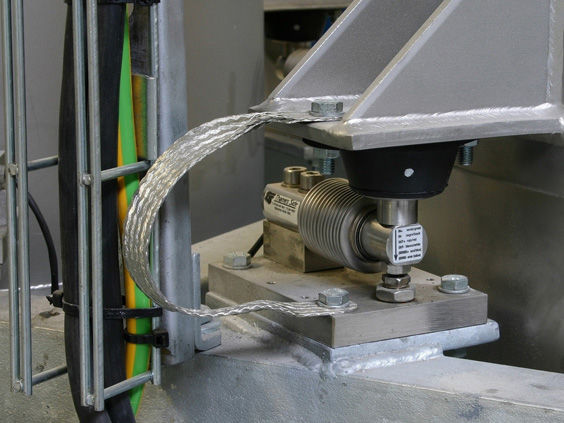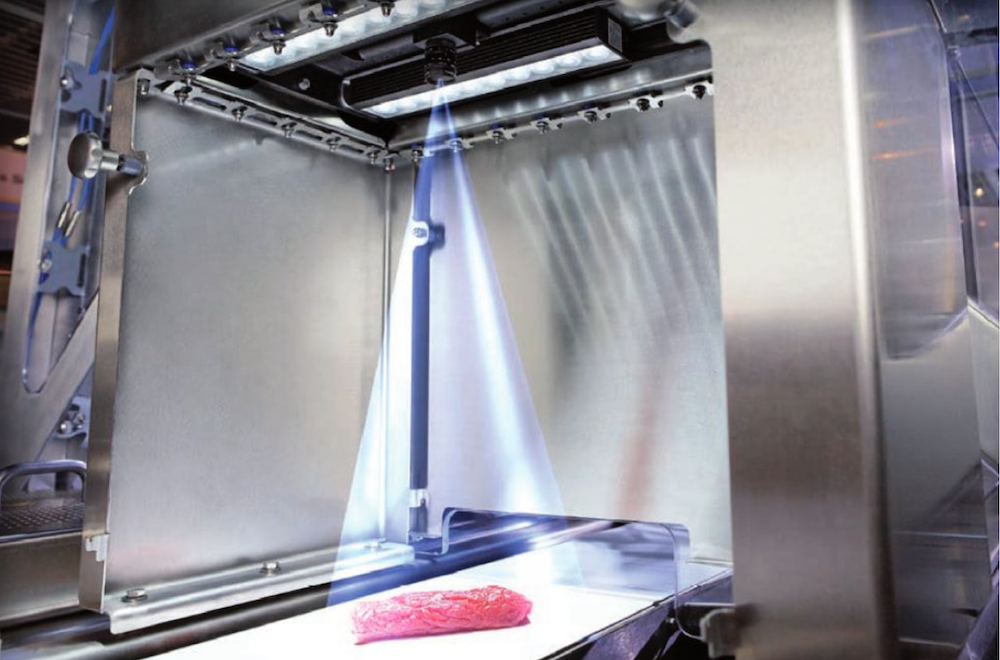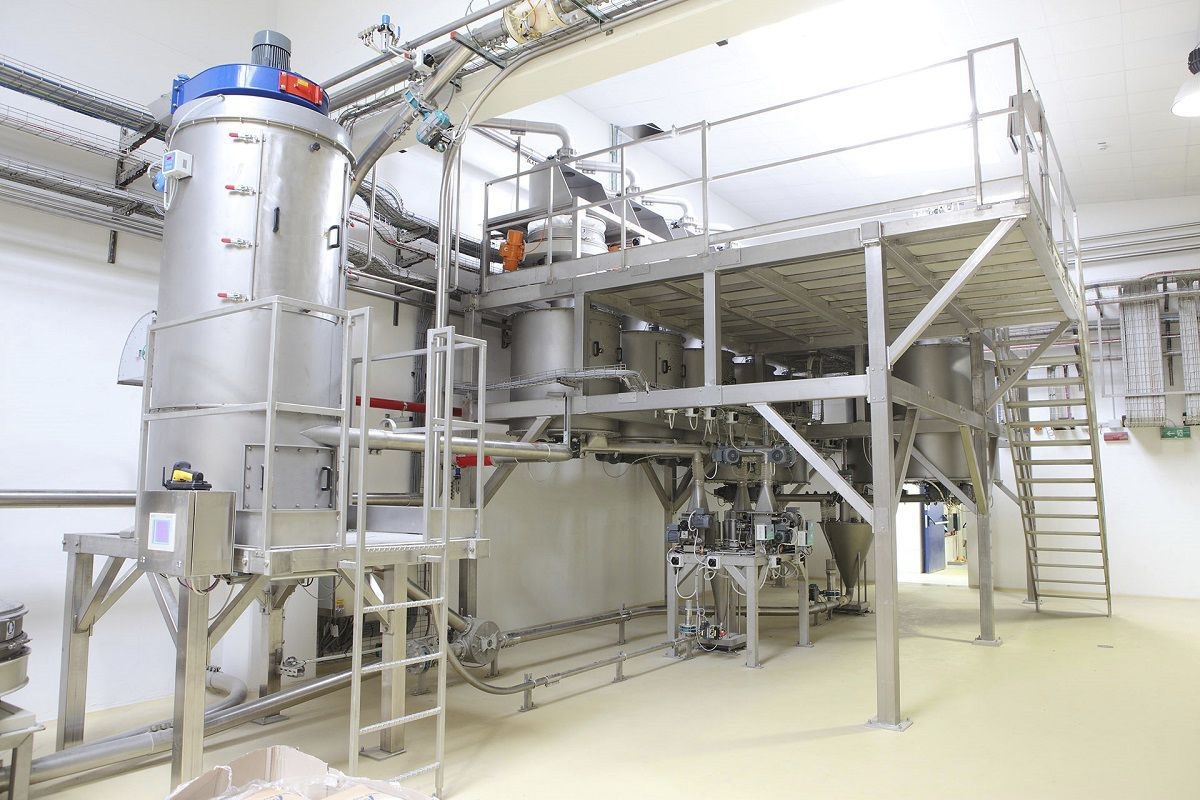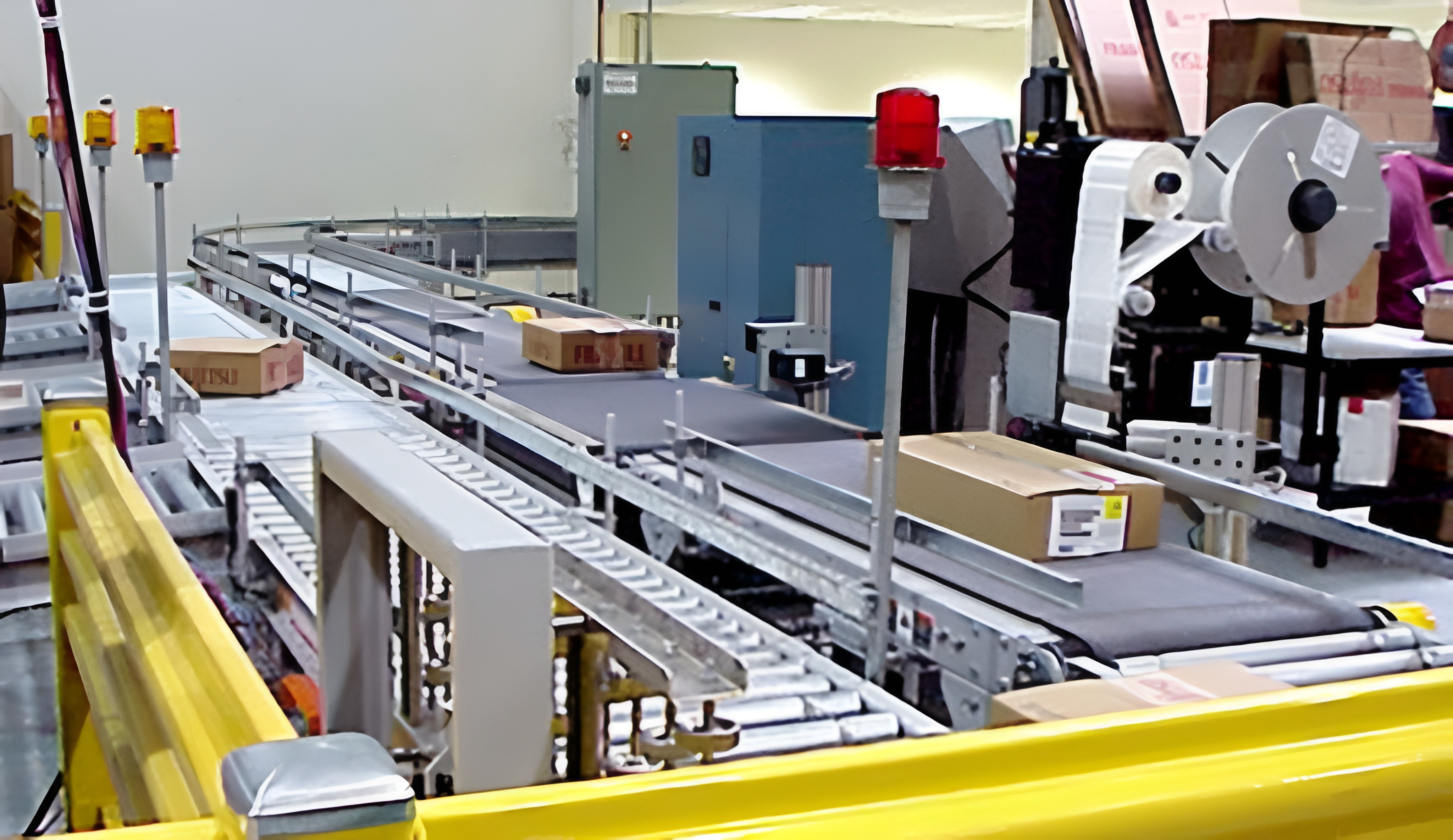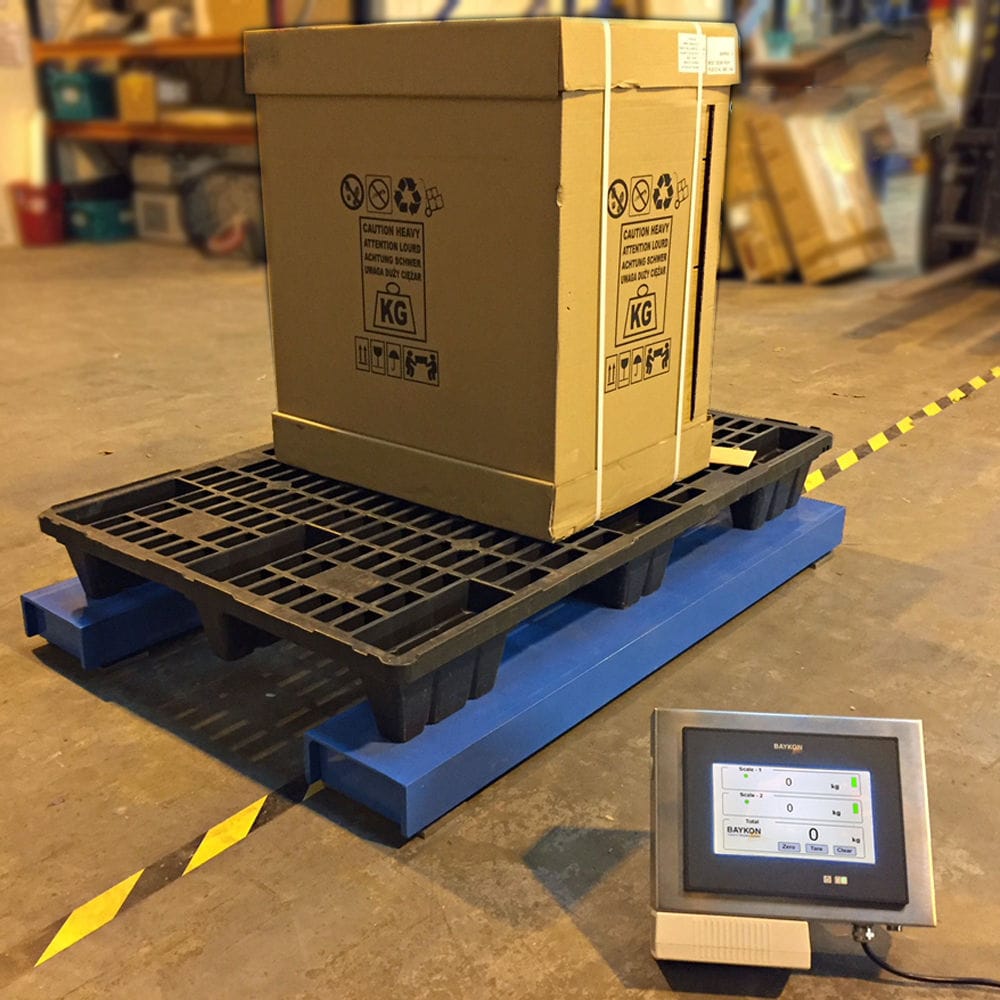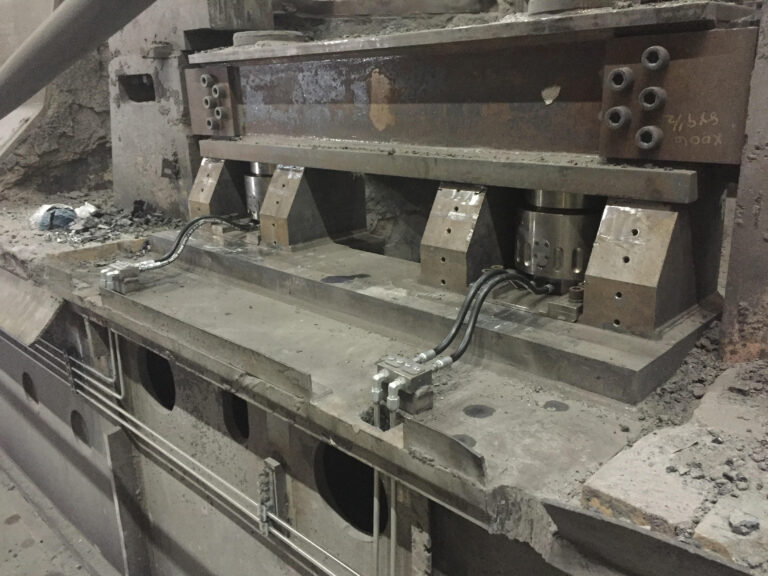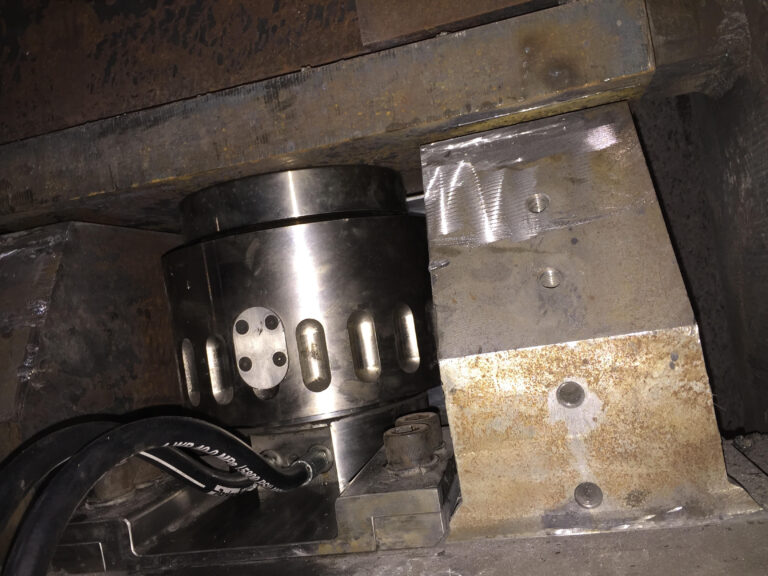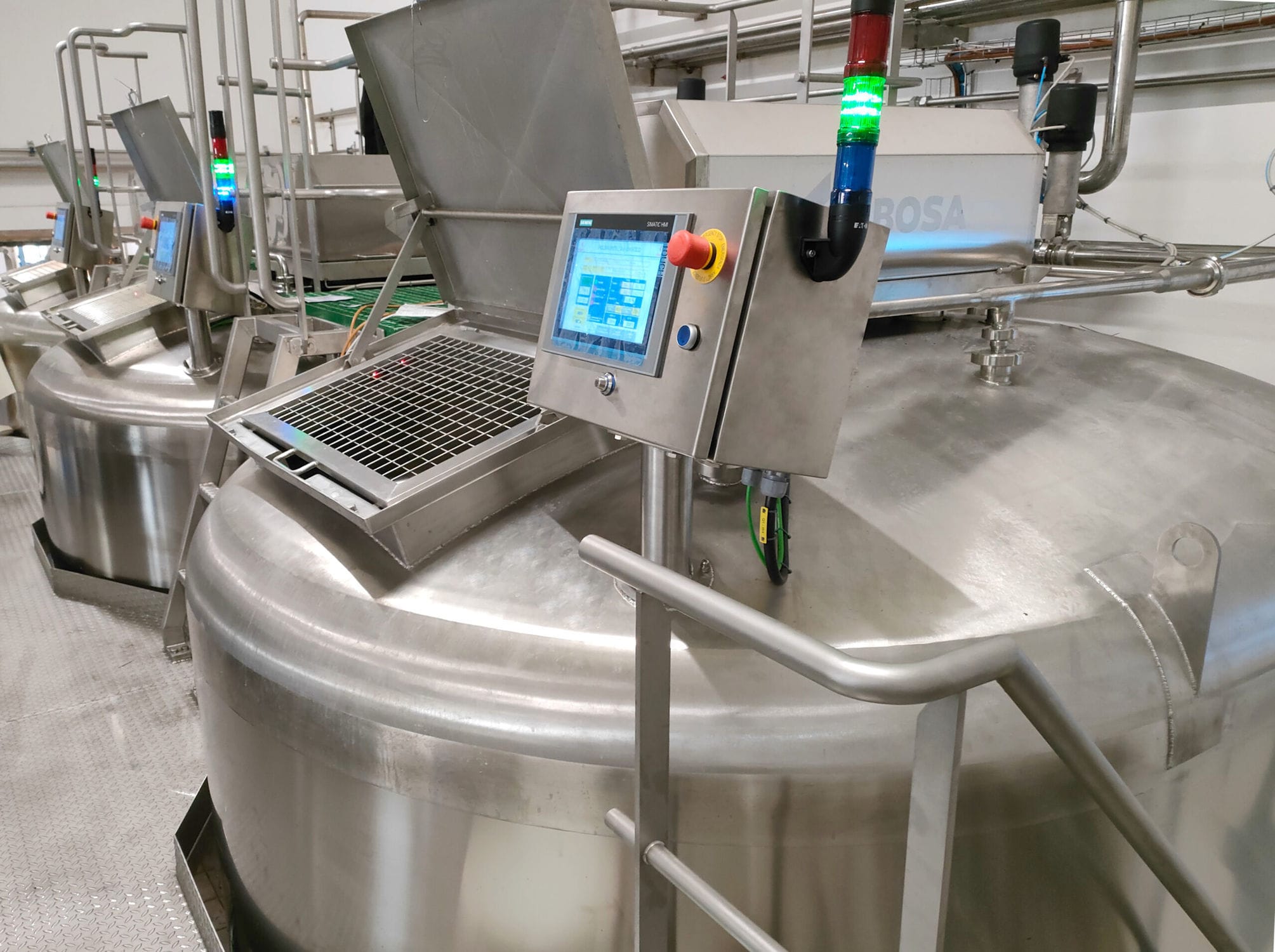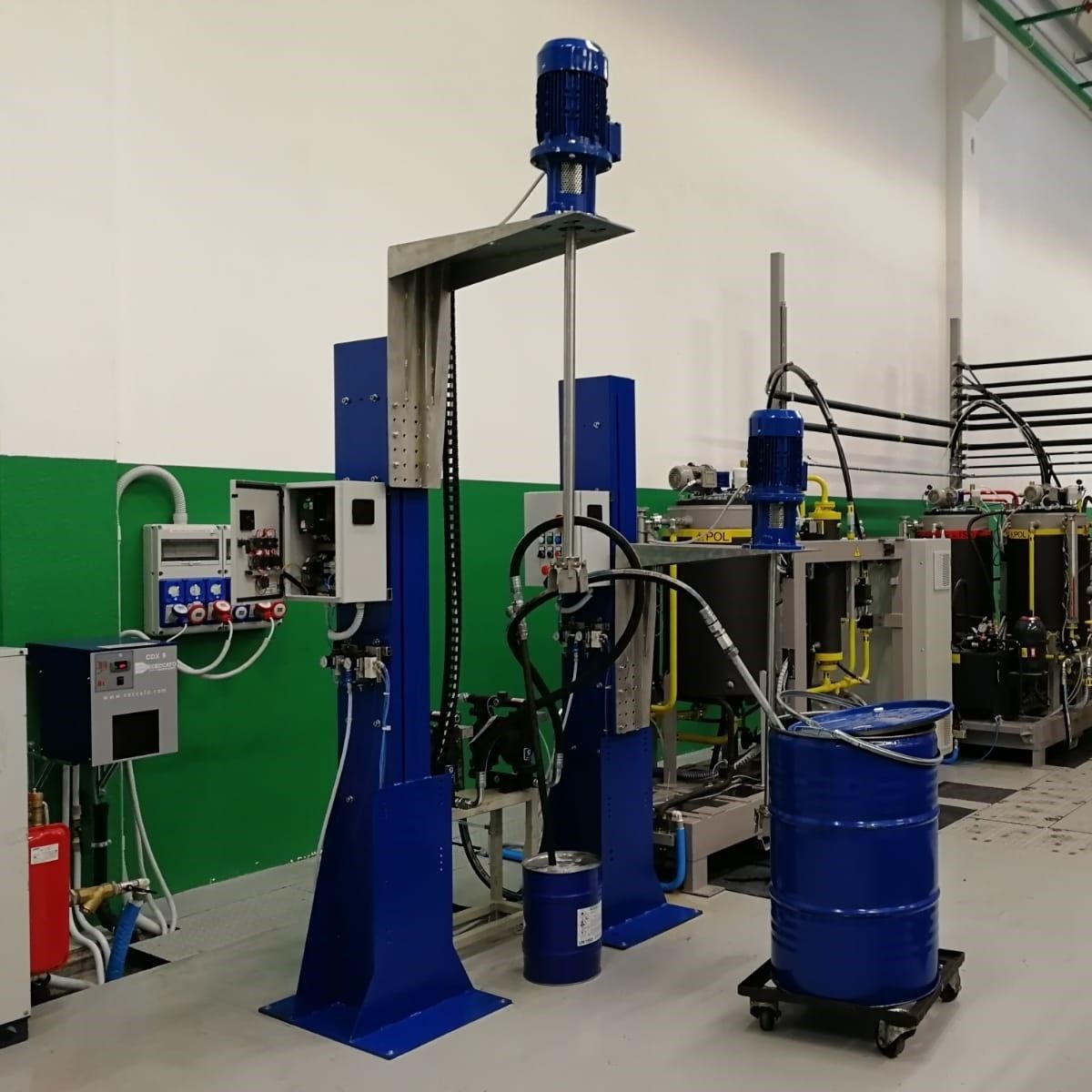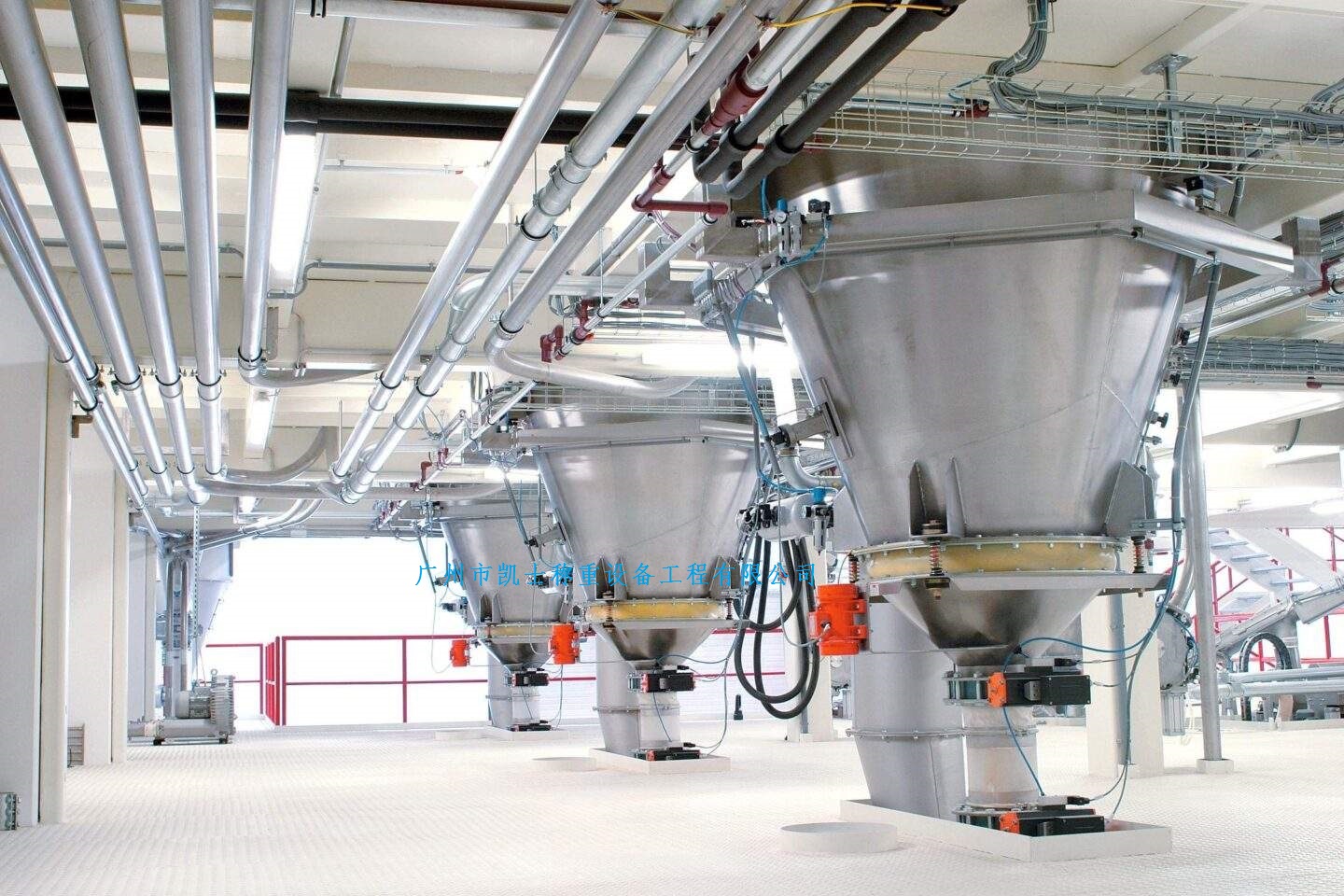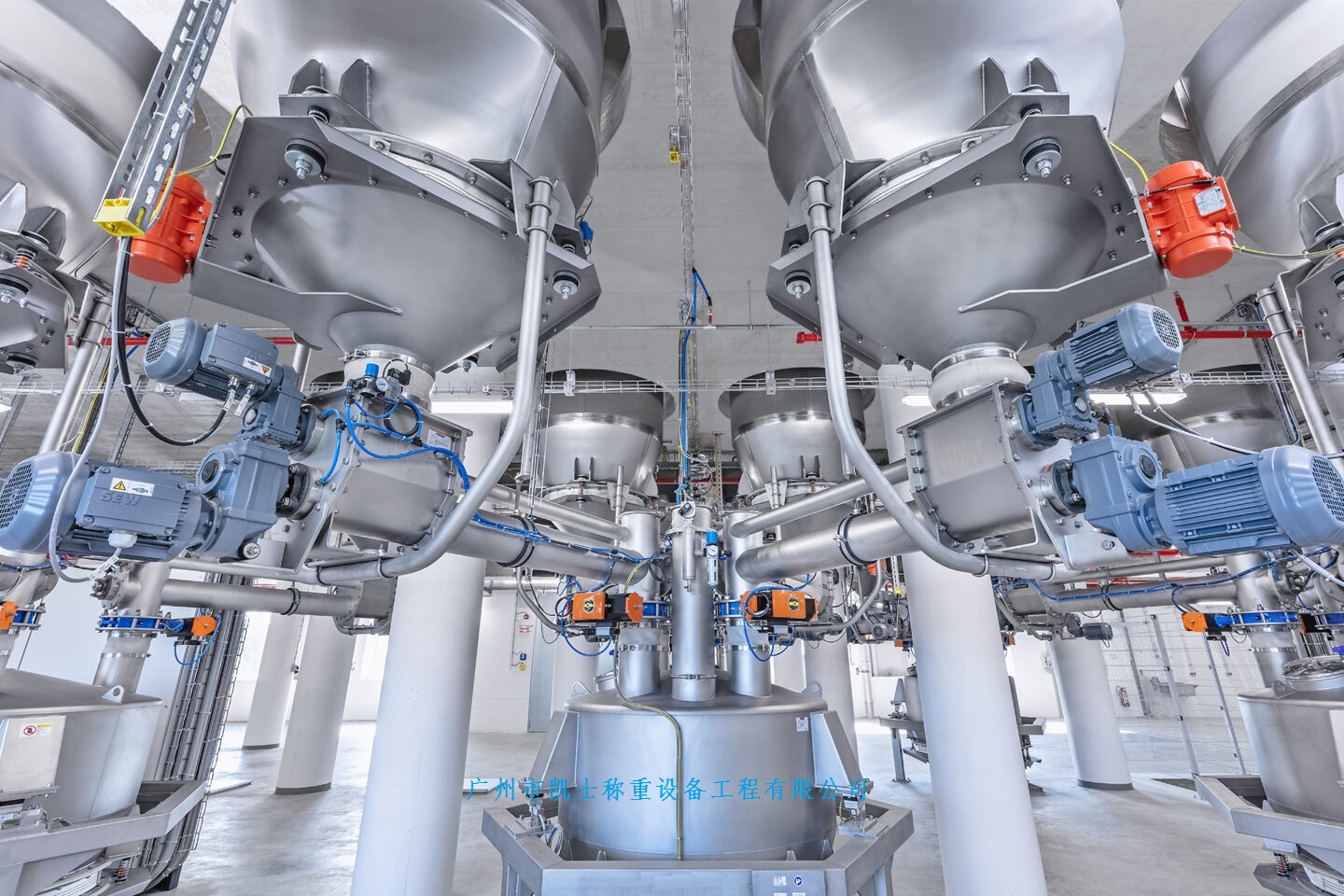

The hydraulic metallurgical calibration device solves the problem of inaccurate reading of the weight module and can be used in cantilever or fully supported hard pull configurations. In the cantilever configuration, part of the load is supported on the fulcrum and the hydraulic weighing module supports the rest of the load. A single hydraulic weight unit loop and multiple unit loops can be used. In a fully supported hard pull configuration, the entire load is supported by multiple independent hydraulic weighing modules.
 020-34563445
020-34563445Traditional Weighing systems for harsh heavy industry applications, such as petrochemical tank measurements and steelmaking processes, have some serious drawbacks.
First, these systems rely on Weighing modules, a mechanical force that is exposed to the rigors of everyday operations. As a result, traditional weighing modules have to be over-designed to meet the expected impact load, thus achieving resolution and accuracy.
Second, conventional weighing modules require microvolt-sensitive wires and connections that can withstand extreme heat, grease, oil, and liquids. In order to meet safety requirements and maintain reliability, this requires frequent recalibration and unplanned repairs that interrupt production.
Another major drawback of traditional weighing modules is inaccurate reading. The debugging calibration of conventional weighing system processors requires multi-point calibration to formulate the best-fitting polynomial that describes the physical properties of multiple weighing modules working together.
If the stress of the weighing module exceeds its yield point, the residual stress remains, and the original polynomial no longer reflects the new physical properties. Unfortunately, multi-point recalibrations are rarely performed in the field, so this common error is rarely detected. In short, all values are incorrect except for the zero value and the single point derived from the test weight.
After commissioning, a common procedure for recalibrating a weighing system is to adjust the zero position and range to match the known test weight (two-point calibration). Assume that the polynomials describing the physical properties of the combined weighing module system remain constant.
Traditional weighing modules are limited to single-axis measurement in design. Side loading is deadly. When one or more conventional weighing modules are overloaded due to dynamic shock loads, the readings cannot be trusted. Diagnostics cannot be performed until system recalibration is performed using a test load.
Traditional weighing modules are not sufficient for weighing metallurgical vessels
Component durability in steelmaking production
Wires and circuits can be burned due to contact with hot metal and slag near the weighing module of the metallurgical vessel.
Maintain an uninterrupted data connection to mobile platforms
Metallurgical containers are carried by moving frames and require electrical slip rings or cable reels that are complex, expensive and difficult to maintain.
Free from all noise
The signal of the strain weighing instrument is transmitted to the bridge through a long cable in the microvolt range. This configuration is susceptible to electrical noise and inconsistent wire connections.
Shock load and lateral load tolerance
The weighing module is designed to support uniaxial loads and is easily damaged by lateral loads. When moving a live load, such as a ladle filled with molten steel on a moving platform, it is impossible to overcome the impact force of hundreds of tons of lateral load without some kind of complex dynamic holding system. This cage system limits measurements to static (non-sloshing) conditions.
Maintain accuracy
Weighing modules function by measuring the internal strain of their load-supporting structures, so they can only withstand loads that are safely below their yield point. False shock loads above the yield point can damage them. Often, the weighing module will unknowingly continue to provide incorrect weight measurements, requiring considerable luck to catch without frequent calibration checks.
Optimized resolution according to process requirements
High resolution is required; Therefore, it is not feasible to use a weighing module with a high enough capacity to withstand impact or side loads.
Optimized mean time between failures
The time to perform proper calibration checks is limited, and these checks are often omitted due to production and maintenance schedule constraints.
A hydraulic weighing system is developed to solve the defects of the traditional electromechanical weighing module. The system can be used in cantilever or fully supported hard-pull configurations.
In the cantilever configuration, part of the load is supported on the fulcrum and the hydraulic weighing module supports the rest of the load. A single hydraulic weight unit loop and multiple unit loops can be used.
In a fully supported hard pull configuration, the entire load is supported by multiple independent hydraulic weighing modules. The total weight is not a traditional electrical summation point, but is calculated by simply adding the measurements of the individual hydraulic weighing modules in the PLC.








